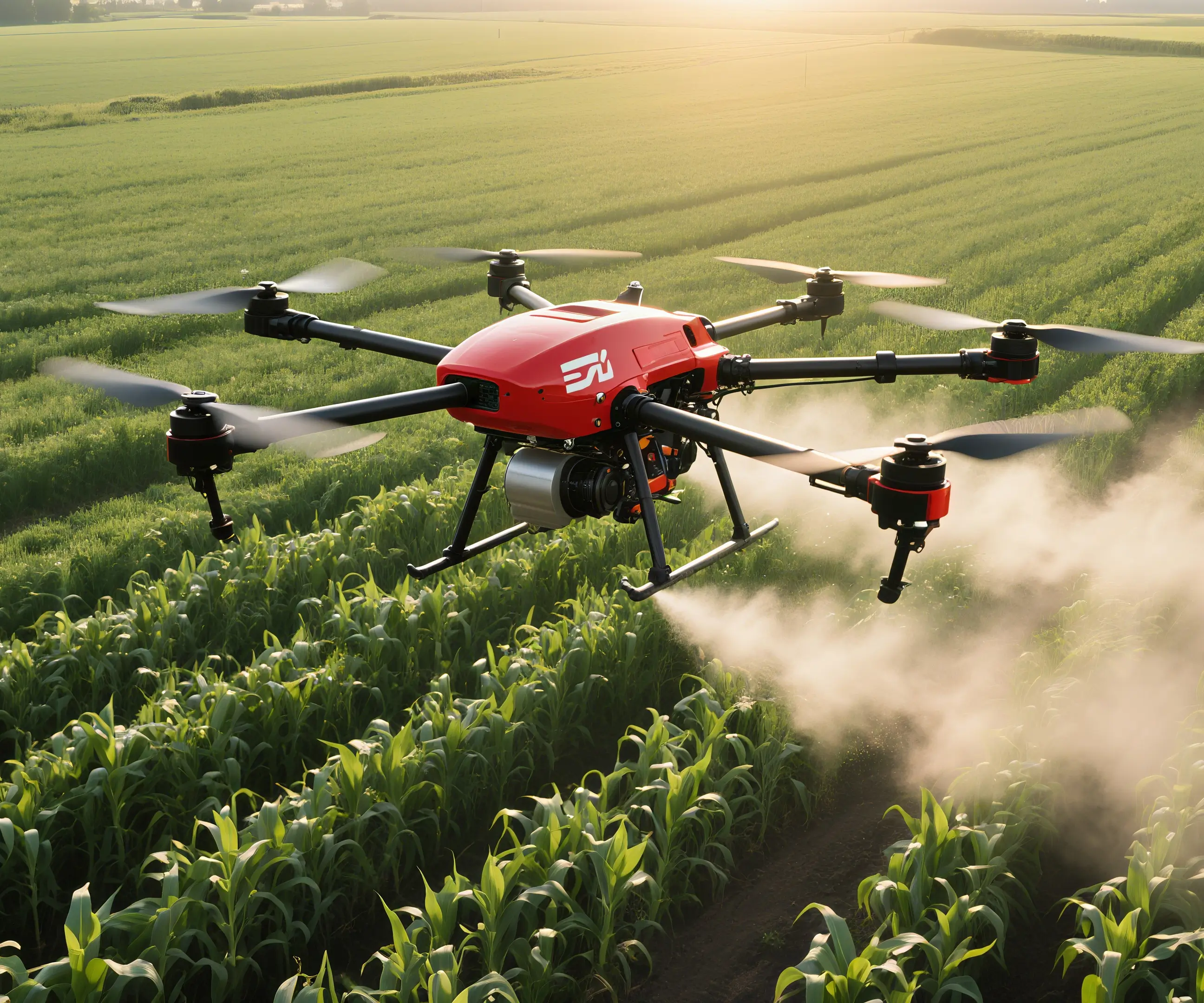Imagine a world where your creations respond to their environment with precision and grace—robots that can reach out and grab objects as they detect movement, or interactive displays that change based on how close you stand. This isn’t just science fiction; with accessible tools like Tinkercad, a browser-based 3D design and circuit simulator, turning these ideas into reality is easier than ever.

In the core of many interactive projects lies a fundamental duo: the distance sensor and the servo motor. Together, they form a dynamic system capable of sensing the environment and responding actively. Understanding how to connect and program these components opens up limitless creative possibilities—making your prototypes smarter, more responsive, and more engaging.
Getting Started with Tinkercad
Tinkercad by Autodesk is an ideal platform for beginners and experts alike. Its intuitive interface allows you to design circuits, simulate Arduino code, and develop complete projects without needing physical hardware. Here, you can experiment freely, troubleshoot in real time, and enhance your understanding of electronic systems—all within a web browser.
To begin, you’ll need a Tinkercad account. Once logged in, navigate to the Circuits workspace, where you can start creating a new circuit. Your first goal will be to build a simple setup: a distance sensor (ultrasonic or infrared), a servo motor, and the necessary control circuitry.
Components Breakdown
Distance Sensor: This component detects the proximity of objects. Ultrasonic sensors like the HC-SR04 are popular and inexpensive, using sound waves to measure distance accurately. Infrared sensors are another option, using IR light to gauge how close an object is.
Servo Motor: A small motor that can be precisely controlled to rotate to a specific angle. Servos are perfect for applications like robotic arms, camera gimbals, or variable-oriented mechanisms.
Arduino Microcontroller: The brain of your circuit, which reads sensor data and controls output devices.
Connecting Wires: To establish electrical connections among components.
Power Source: Usually a simulated 5V power supply.
Building Your First Circuit
The process begins with placing the components in Tinkercad’s breadboard interface. You’ll connect the distance sensor’s trigger and echo pins to specific digital pins on the Arduino. The servo motor’s control pin connects to another digital pin, while its power and ground pins connect to the power rails.
Once physical connections are made, the next step involves scripting in Tinkercad’s code editor. Here, you write Arduino code to read distance measurements and translate those readings into servo motor movements.
Programming for Reactive Motion
A fundamental example involves setting a distance threshold. If the sensor detects an object closer than this threshold, the servo turns to face away; if the object moves farther, the servo re-centers or moves to a different angle.
Here’s a simplified logic outline:
Measure distance using the ultrasonic sensor. If distance < threshold, rotate servo to a certain angle. Else, rotate servo to the default position.
This basic loop forms the foundation of more sophisticated projects, such as automated pet toys, obstacle-avoiding robots, or interactive art installations.
Practical Applications and Inspirations
The synergy between a distance sensor and servo motor isn’t just a classroom demo; it’s a gateway into real-world applications:
Robotics: Create obstacle-avoiding vehicles that sense and navigate around objects. Home automation: Develop smart devices that adjust based on human presence. Interactive displays: Design exhibits that react to viewers’ proximity, enhancing engagement.
You can also experiment by customizing your code—adding LED indicators, integrating sound responses, or layering multiple sensors for complex behaviors.
Troubleshooting and Tips
While building your first project, expect some hiccups—things like incorrect wiring, code errors, or unexpected sensor readings are common. Always double-check your connections, ensure power supplies are adequate, and use serial.print statements in code to debug sensor outputs.
Remember that Tinkercad’s simulation environment allows you to see real-time responses, making it easier to identify issues and refine your design before moving to physical hardware.
Stay tuned for part two, where we’ll explore some advanced techniques, practical project ideas, and tips for transitioning your Tinkercad simulations into real-world prototypes. If you’re eager to push your boundaries further, I’ll share insights into integrating multiple sensors and motors for truly interactive creations.
Established in 2005, Kpower has been dedicated to a professional compact motion unit manufacturer, headquartered in Dongguan, Guangdong Province, China.




































